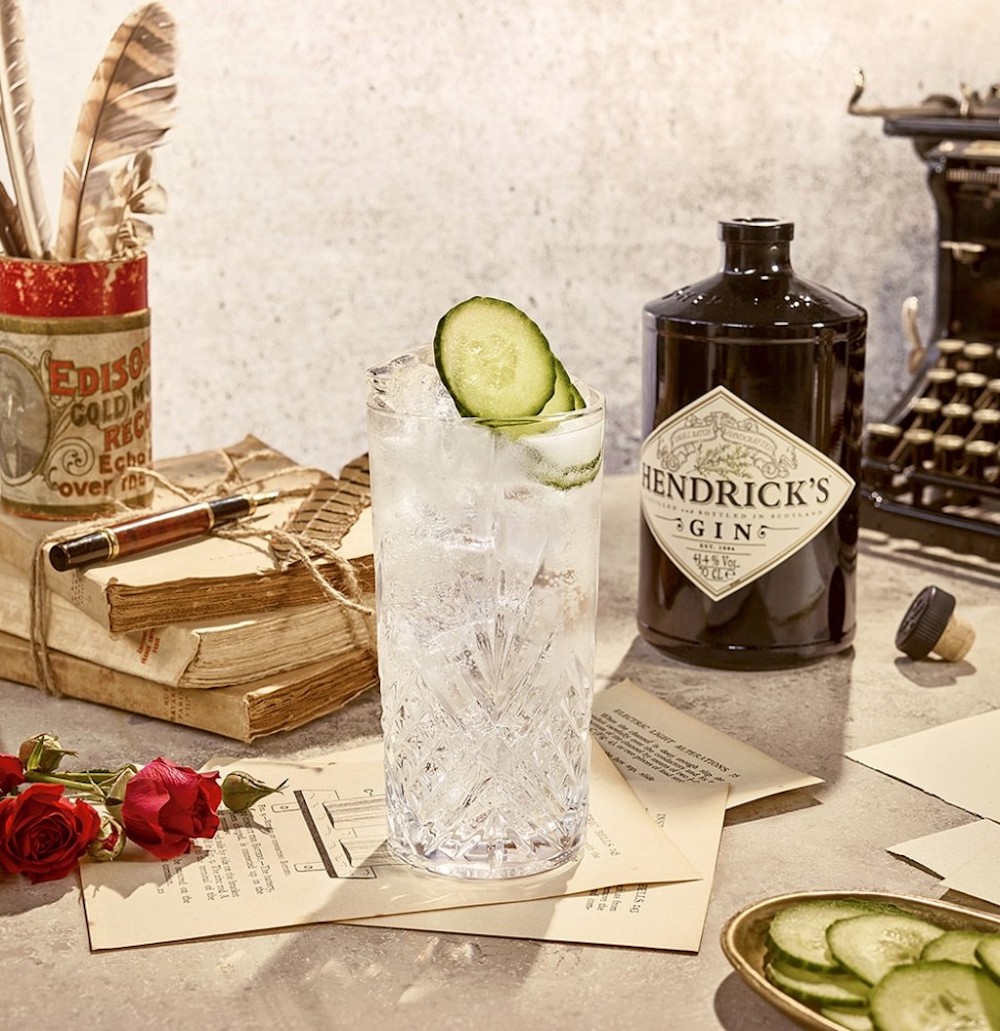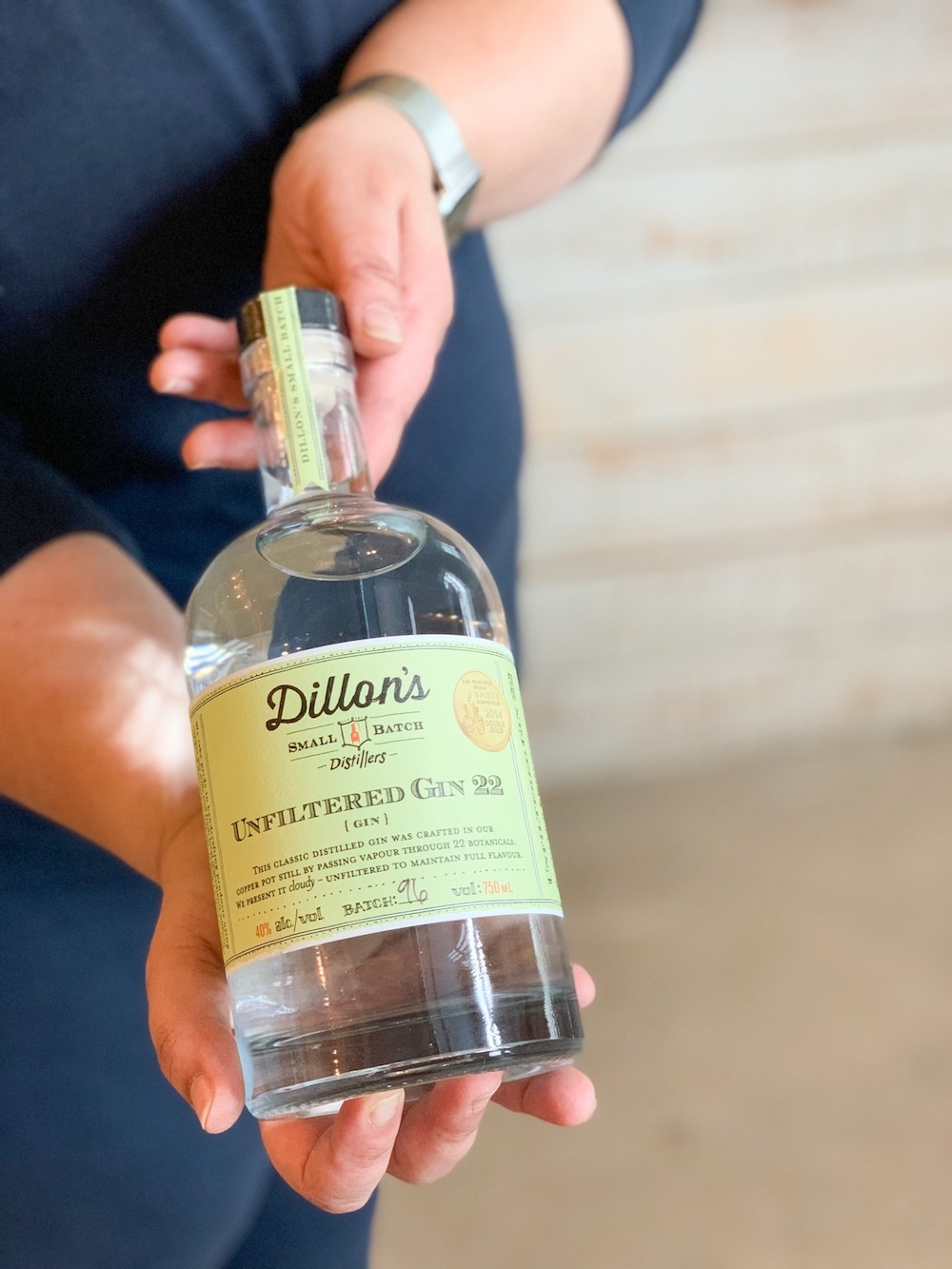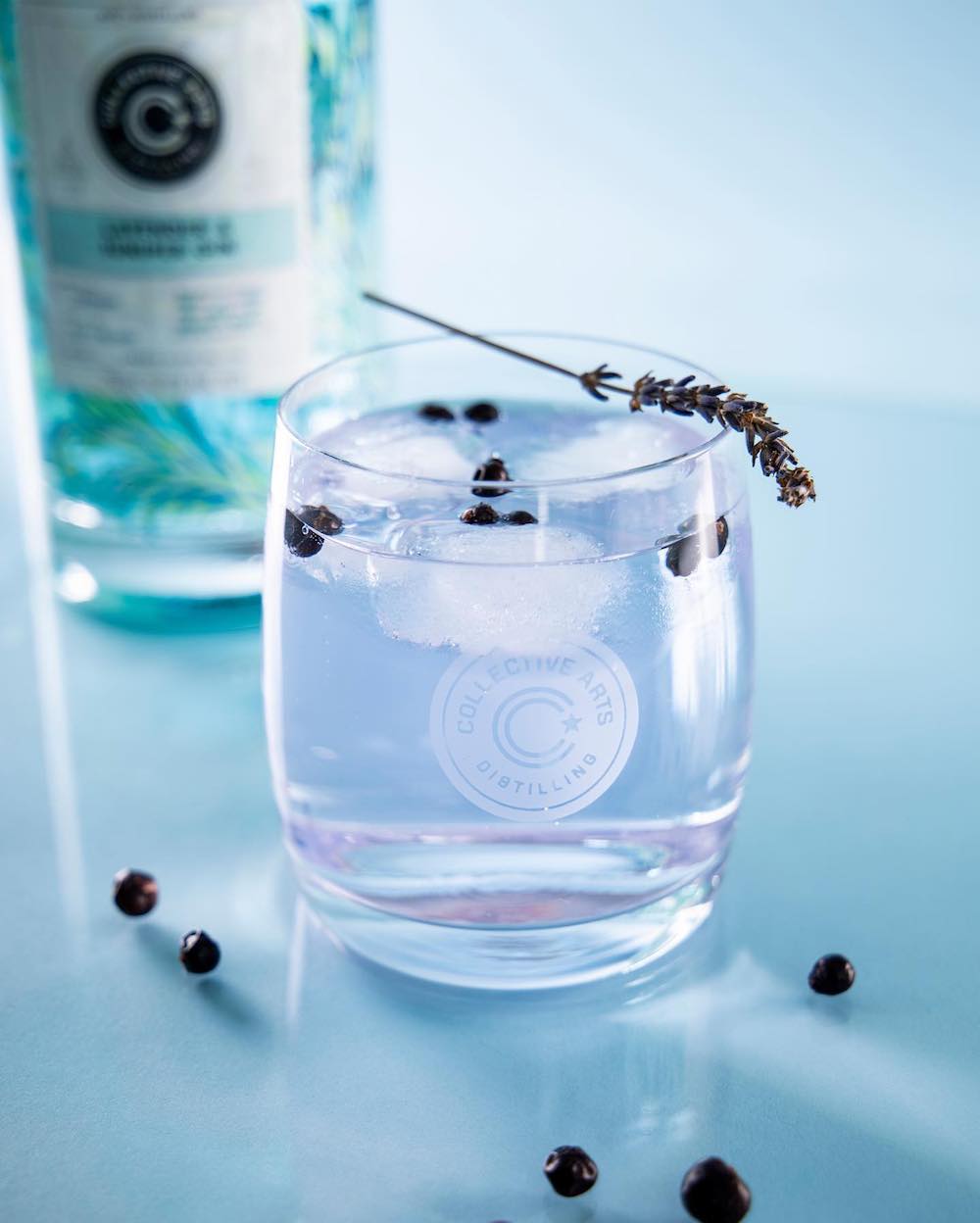By Stephen Beaumont
Once upon a time, gin was among the most polarizing of spirits, alongside tequila and, perhaps, heavily peated Scottish whisky.
It was the juniper, you see, the single ingredient that defines the spirit. Some people love it, many do not.
Today, that situation has changed, and in fairly dramatic fashion. A search for ‘gin’ on the LCBO website will return 214 results. Tighten it up to yield Canadian-produced spirits alone and you’ll still get 81 packages and brands; go to Ontario-only and you’ll find 58 individual results.
In short, gin is booming. Which begs the question of why, and the answer of Hendrick’s.

While it would be an exaggeration to suggest that the introduction of Hendrick’s Gin in 1999 revolutionized the gin category, it’s not too much of a stretch. For while the 1987 launch of Bombay Sapphire introduced the first real alternative to such juniper-heavy, London Dry gins as Beefeater, Tanqueray and Hayman’s, and introduced drinkers to a softer, gentler, even sexier take on the spirit, it was Hendrick’s that really turned the category on its head.
Rather than emphasising the juniper, which even Sapphire does to a limited, peppery degree, Hendrick’s speaks directly to its two most highlighted ingredients, rose petals and cucumber, on top of a citrusy, coriander base. The result is a different sort of gin, sometimes called New World or New Western, but I think best identified as Botanical, radically different at the turn of the century, and an almost immediate commercial hit.
The success of Hendrick’s came just ahead of the western craft distilling revolution, and inspired a great number of those nascent distilleries to release their own unique takes on gin. Some were classically styled, London Dry gins, but many, many others offered juniper alternatives, from foraged botanicals to seaweeds and a vast bouquet of different flowers.

In fact, with its current explosion in popularity, gin has become more about place than ever before. Arguments have been made – including by yours truly – that there is merit to the creation of a separate category of Nordic gin, which could be said to have originated in Canada, specifically with the now Pernod Ricard-owned Ungava Gin of Québec. (The idea has more recently been also embraced by many Scandinavian distilleries.)
In such a gin, alongside the expected juniper, which is itself sometimes included in a wild form, one might find products of the boreal forest, from tree barks to mosses and northern forest-specific fruit like cloudberries and lingonberries to a variety of northern herbs.
Then there is the Pan-Asian gin, less easily defined but, like great art, easy to identify when you come across it. Often featuring Asian fruit like yuzu, peppers or tree blossoms, it is a soft, delicate sort of gin, gaining popularity today in Japan and Taiwan, and to a lesser degree, British Columbia.
Other gin varieties we might soon see as deserving of separate classification include seaweed-accented Costal gin, and further but almost inevitably down the road, Amazonian gin defined by the inclusion of fruits and herbs and barks from that vast forest.

In the meantime, Canadians are hardly at a loss for choice, although for now, at least, most available gins sit somewhere on the spectrum from Botanical to London Dry. Traditionalists have a wealth of interpretations of the London Dry style from which to choose, while the juniper-hesitant now have the luxury of selecting from a host of differently designed spirits, including some that scarcely display their juniper component.
Truly, it is a great time to be a gin drinker, even if you’re not a gin drinker!
Six gins to try now
 Hendrick’s Lunar (43.4%): The latest in the Hendrick’s limited edition ‘Cabinet of Curiosities’ series is the most juniper-forward spirit the brand has yet released, which admittedly isn’t saying a whole lot. It’s what comes alongside the mild-to-moderate juniper notes that makes this special, though, with an impressive range of floral notes on the nose – think ‘bouquet of wildflowers’ – and soft, preserved lemon flavours supporting the perfumey and peppery finish. Superb in its balance and recommended for solo sipping.
Hendrick’s Lunar (43.4%): The latest in the Hendrick’s limited edition ‘Cabinet of Curiosities’ series is the most juniper-forward spirit the brand has yet released, which admittedly isn’t saying a whole lot. It’s what comes alongside the mild-to-moderate juniper notes that makes this special, though, with an impressive range of floral notes on the nose – think ‘bouquet of wildflowers’ – and soft, preserved lemon flavours supporting the perfumey and peppery finish. Superb in its balance and recommended for solo sipping.

Dunrobin Artisanal Gin (40%): A brand new gin distilled in the Ottawa area, and available by mail order or through a limited number of LCBO outlets, this is broadly in the London Dry style, although with an olfactory sweetness that translates also to the palate entry and makes for a highly approachable spirit. On the mid-palate, there are ample herbal notes to complement the peppery juniper and a sort of floral orange accent. The dry finish recommends this for martinis with a fruity vermouth – the Tawse Vermouth would be nice, I suspect – or creative mixology. A very impressive debut for this young operation.

Collective Arts Lavender & Juniper Gin (43.5%): Besides boasting a seductive pale blue hue, this new release from the Hamilton brewery-distillery deftly treads the line between London Dry and Botanical, with sufficient juniper that it makes for a satisfying and very pretty martini, extra dry, and also a clearly identifiable and wonderfully fragrant lavender component. In particular, I like the way the highly perfumey aroma complements rather than interferes with the citrus-pepper of the body. Collective’s best gin to date.
 Dillon’s Unfiltered Gin 22 (40%): The ‘22’ refers to the number of botanicals used in this gin, and immediately suggests a Botanical categorization rather than a London Dry one. (That Dillon’s also makes a London style Dry Gin 7, reviewed here, confirms such suspicions.) And certainly the aroma is indeed highly aromatic, with notes of everything from anise to marigold mixing and mingling. On the palate, it’s a little more straight forward, with a sweetish, tangerine-accented entry, a more herbal, citrus peel, and peppery middle, and a spicy, dry finish. A commendable base for a host of cocktails.
Dillon’s Unfiltered Gin 22 (40%): The ‘22’ refers to the number of botanicals used in this gin, and immediately suggests a Botanical categorization rather than a London Dry one. (That Dillon’s also makes a London style Dry Gin 7, reviewed here, confirms such suspicions.) And certainly the aroma is indeed highly aromatic, with notes of everything from anise to marigold mixing and mingling. On the palate, it’s a little more straight forward, with a sweetish, tangerine-accented entry, a more herbal, citrus peel, and peppery middle, and a spicy, dry finish. A commendable base for a host of cocktails.
 Hidden Temple Canadian Dry Gin (41.6%): From Toronto’s Nickel 9 Distillery comes this fiercely Botanical gin, available widely through the LCBO and also by mail order. The nose, discernable from half a metre away, is loaded with floral and forest notes, while the body surprises a bit by being less involved than one might expect, with a sweetish, fruity entry, some forest floor character in the body alongside oily juniper and something resembling pear skin, and a lightly peppery finish. A creative and impressive take on a martini gin.
Hidden Temple Canadian Dry Gin (41.6%): From Toronto’s Nickel 9 Distillery comes this fiercely Botanical gin, available widely through the LCBO and also by mail order. The nose, discernable from half a metre away, is loaded with floral and forest notes, while the body surprises a bit by being less involved than one might expect, with a sweetish, fruity entry, some forest floor character in the body alongside oily juniper and something resembling pear skin, and a lightly peppery finish. A creative and impressive take on a martini gin.
 Northern Landings Ginberry (40%): It will not have escaped the notice of any LCBO patron that fruit-flavoured gins are flourishing these days. If only most were as good as this imaginativly designed and marvellously executed brainchild of Andrea Fujarczuk, Program Director of Artisan Distilling at Niagara College! Appealingly red in colour, this cranberry gin has a subtly fruity nose that presents its juniper as much as it does the cranberry, perhaps more so, and a flavour that similarly accents its fruit addition and gin base in equal proportions, with an ingeniously allowed astringency from the fruit that brings it all together. The finish, which is more gin than cranberry, is dry and just the faintest bit tart. Skip the Cosmo altogether and sip this, chilled and on its own, instead.
Northern Landings Ginberry (40%): It will not have escaped the notice of any LCBO patron that fruit-flavoured gins are flourishing these days. If only most were as good as this imaginativly designed and marvellously executed brainchild of Andrea Fujarczuk, Program Director of Artisan Distilling at Niagara College! Appealingly red in colour, this cranberry gin has a subtly fruity nose that presents its juniper as much as it does the cranberry, perhaps more so, and a flavour that similarly accents its fruit addition and gin base in equal proportions, with an ingeniously allowed astringency from the fruit that brings it all together. The finish, which is more gin than cranberry, is dry and just the faintest bit tart. Skip the Cosmo altogether and sip this, chilled and on its own, instead.
About Stephen Beaumont
Stephen Beaumont is one of the world’s leading writers on beer and spirits, with 15 books to his credit, including Canadian Spirits: The Essential Cross-Country Guide to Distilleries, Their Spirits, and Where to Imbibe Them (with Christine Sismondo) and the upcoming, fully revised and updated third edition of The World Atlas of Beer (with Tim Webb).







Comment here